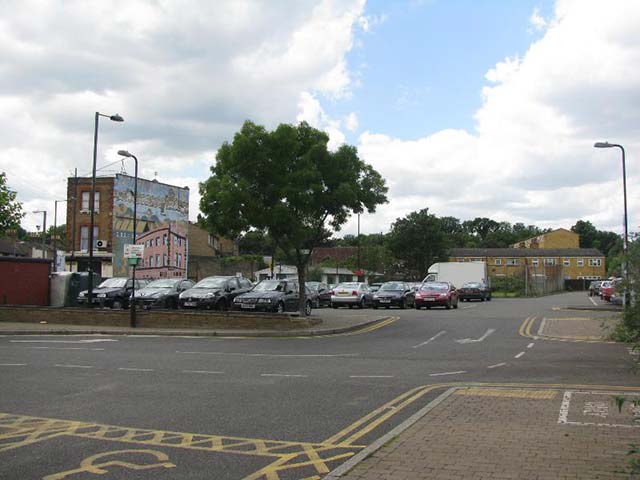
Image shows: Could this car park in Penge be hiding an ancient monument?
Image ID: 26
Professor Handel Morgan burst into my office this morning in a state of great agitation and excitement. I thought at first that there had been some important discovery in the archaeological investigations centred on Farkham Hall land in Tintern.
However, it was some earlier work that was causing all the furore. It seems that many years before, as a student in south Lonon, he had been involved in some investigations into ancient Druidic rituals near what is now known as Penge.
From ancient drawings, the site of a standing stone arrangement had been identified as that currently occupied by a multi-storey car park. Seismic echo techniques had shown encouraging results and the university had been lobbying local councils since then to be allowed to undermine the car park for further investigation.
That permission had been granted and the first findings from the exploratory dig were confirming what the team had believed.
Written records from the time are non-existent, but from drawings, artifacts and word of mouth history handed down over dozens of generations, a picture of local life and culture is beginning to emerge.
It seems that the local Penge Druids worshipped the pulchritude, fecundity and above all, the reproductive organ (the "Penge") of godess Pengellen. The arrangement of stones is believed to represent the shape of said "Penge" and to have been the site of ritual sacrifice and mutilation to ensure the year's harvest would be fruitful.
On the feast of Pengellen, a local virgin would be slain and her "Penge" cut out by the arch-druid, to be buried in a small chamber beneath the head stone, or stirolic stone of the arrangement, which would then be rubbed repeatedly by each druid in turn until the flames consuming the remainder of the corpse had died down and ashes left in a trail leading away from StonePenge.
So far, the dig has uncovered one very smooth stone, believed to be the stirolic, and further work has to be sanctioned by the council. This may well necessitate the demolition of the multi-storey car park to reveal the entire monument, which will undoubtedly become a major tourist attraction in the area.
As Professor Morgan left my office, he said that his former colleagues had promised to keep him abreast. I couldn't help but wonder who would be getting the "Penge"...